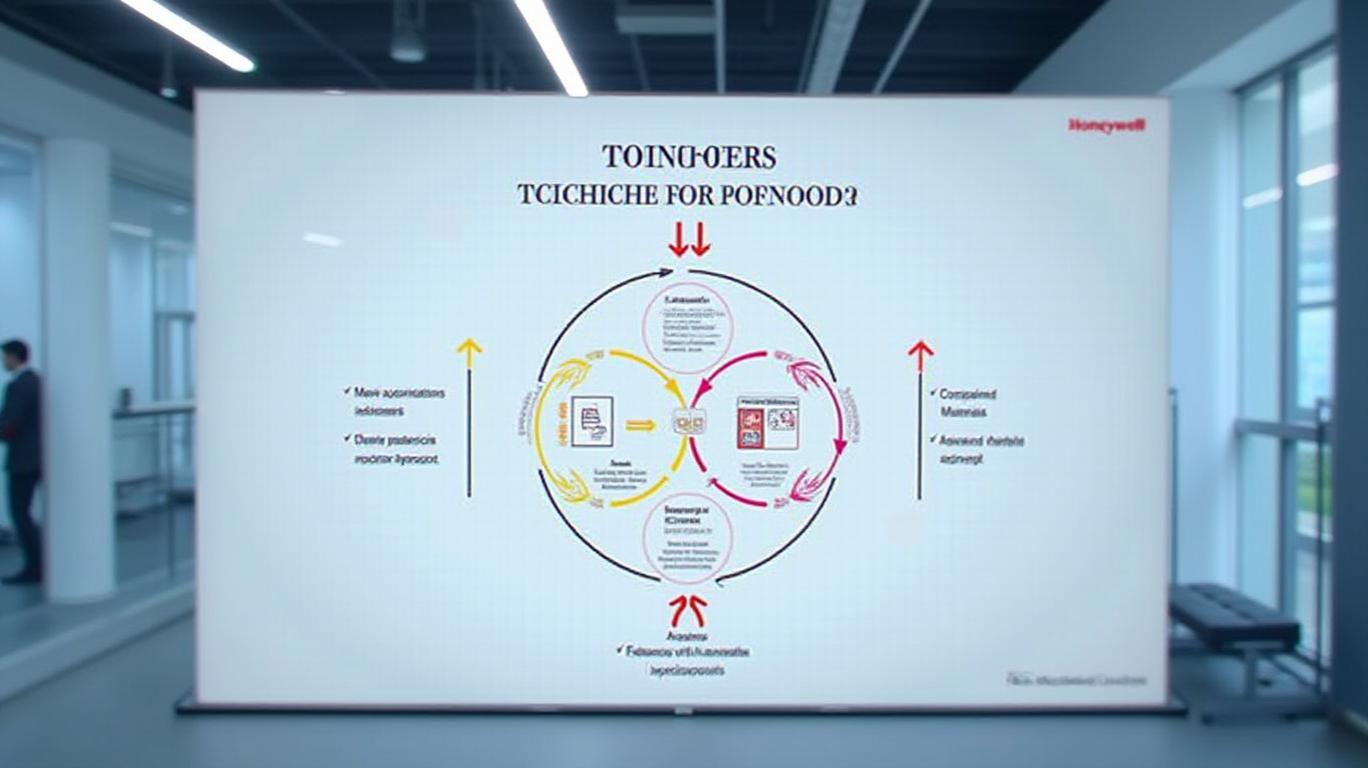Honeywell's Bold Restructuring Play: How Elliott's Influence Could Spark a Value Explosion
The appointment of Elliott Management partner Marc Steinberg to Honeywell's board in February 2025 marks a pivotal moment for the industrial conglomerate. This strategic move, driven by Elliott's $5 billion activist stake, signals a seismic shift in corporate governance—one that could unlock billions in shareholder value through aggressive restructuring. As
moves to split into three independent public companies by late 2026, investors must ask: Is this the catalyst for a long-overdue valuation reset?Elliott's Playbook: Pressure to Performance
Elliott Management, known for its hands-on approach to corporate turnarounds, has a proven track record of compelling underperforming companies to restructure. From Ford's cost-cutting in the 2000s to 3M's recent spinoff of its consumer business, Elliott's playbook often involves breaking up conglomerates to focus on core strengths. For Honeywell, this means dismantling its century-old structure into three entities: Honeywell Automation, Honeywell Aerospace, and Advanced Materials. Each division will now have the autonomy to pursue tailored growth strategies, capital allocation, and strategic partnerships.

The math is compelling. Conglomerates often trade at a discount due to operational complexity and lack of focus. Breaking into pure-play companies could eliminate this discount, unlocking an estimated $20–30 billion in incremental value, according to analysts. This is a critical point for Honeywell, which has underperformed its peers in terms of valuation multiples for years.
Q1 Results: A Strong Foundation for the Split
Honeywell's first-quarter 2025 results provide a snapshot of its financial health ahead of the split. Sales rose 8% year-over-year to $9.8 billion, while adjusted EPS jumped 7% to $2.51, exceeding guidance. Notably, its Building Automation division (part of the Automation entity) delivered 8% organic growth, driven by demand for smart infrastructure solutions. Meanwhile, the Energy and Sustainability Solutions segment saw margin improvements of 230 basis points, aided by the Sundyne acquisition—a move that bolsters its clean energy capabilities.
The Q1 results also highlight Honeywell's commitment to capital returns. The company deployed $2.9 billion in share buybacks, dividends, and acquisitions, underscoring its focus on maximizing shareholder value. With $25 billion allocated to capital returns by 2025, investors can expect continued buybacks and dividends as the separation progresses.
Near-Term Catalysts: The Split Timeline
The next 18 months are critical. By late 2025, Honeywell aims to spin off Advanced Materials, a division with $5.5 billion in revenue focused on specialty chemicals and sustainability solutions. The Automation and Aerospace divisions will follow suit by late 2026. Each step is a potential catalyst for investor confidence:
- 2025 Q4: Advanced Materials spinoff completion.
- 2026 Q1-Q2: Finalization of Automation and Aerospace separations.
- Shareholder meetings: Quarterly updates on progress and financial metrics will keep pressure on management to deliver.
Historically, this strategy has proven lucrative: a backtest shows an average return of 29.21% over 20 days, with a Sharpe ratio of 0.62 and a maximum drawdown of -13.62%, underscoring the potential for strong returns amid manageable risk.
Risks and Realities
No restructuring is without risk. Execution challenges, regulatory hurdles, or market skepticism could delay the timeline. The Aerospace division's margin contraction (down 190 basis points in Q1 due to mix pressures) also raises concerns about profitability in a volatile commercial aviation market. However, the separation's tax-free structure and the $25 billion capital allocation plan provide a strong buffer.
Why Act Now?
Honeywell's stock has lagged its peers in recent quarters, trading at a 12.5x forward P/E versus the industrial sector average of 15x. This discount reflects investor skepticism about its conglomerate structure—a gap that could narrow sharply post-split. With Elliott's board seat ensuring accountability, and Marc Steinberg's presence signaling alignment between management and shareholders, this is a high-conviction opportunity.
The Bottom Line
Honeywell's strategic shift is not just about splitting a company—it's about creating three industry leaders with clearer growth trajectories. With Elliott's influence ensuring discipline, strong Q1 results building momentum, and a timeline filled with value-unlocking milestones, this is a rare moment to position for asymmetric upside. For investors willing to act now, the next 18 months could deliver a 20–30% total return as the conglomerate's valuation gap closes. The question isn't whether to act—it's how much to bet on Honeywell's rebirth.
Invest now or risk missing the inflection point.

Comments
No comments yet